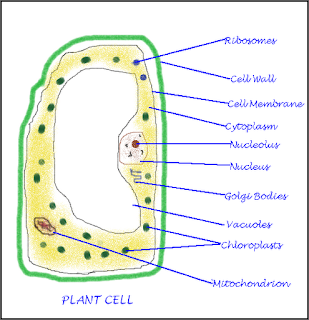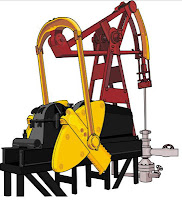METALS and NON Metals :
Question and Answers
Prachi Class 8 Science Textbook Solutions
 |
| Activity Series |
Q1: Identify the type of elements which are neither malleable nor ductile.
Answer: Non-metals (eg Carbon, Phosphorous, Sulphur, Nitrogen) are neither malleable nor ductile.
Q2: Name a property which is common to the metals occurring near the bottom of the reactivity series.
Answer: These (Silver, Gold and Platinum) are least reactive metals and are found in free state in the earth's crust.
Q3: Name a metal that is kept under kerosene.
Answer: Sodium.
Q4: What type of reaction is the reaction between copper sulphate solution and zinc plate?
Answer: It is a displacement reaction.
Zn + Copper Sulphate ---------> Zinc Sulphate + Copper
(Explanation: Zinc is more reactive than copper, Therefore Zn displaces Cu.)
Q5: An oxide of sulphur turns blue litmus red. Is it acidic or basic?
Answer: Acidic


















